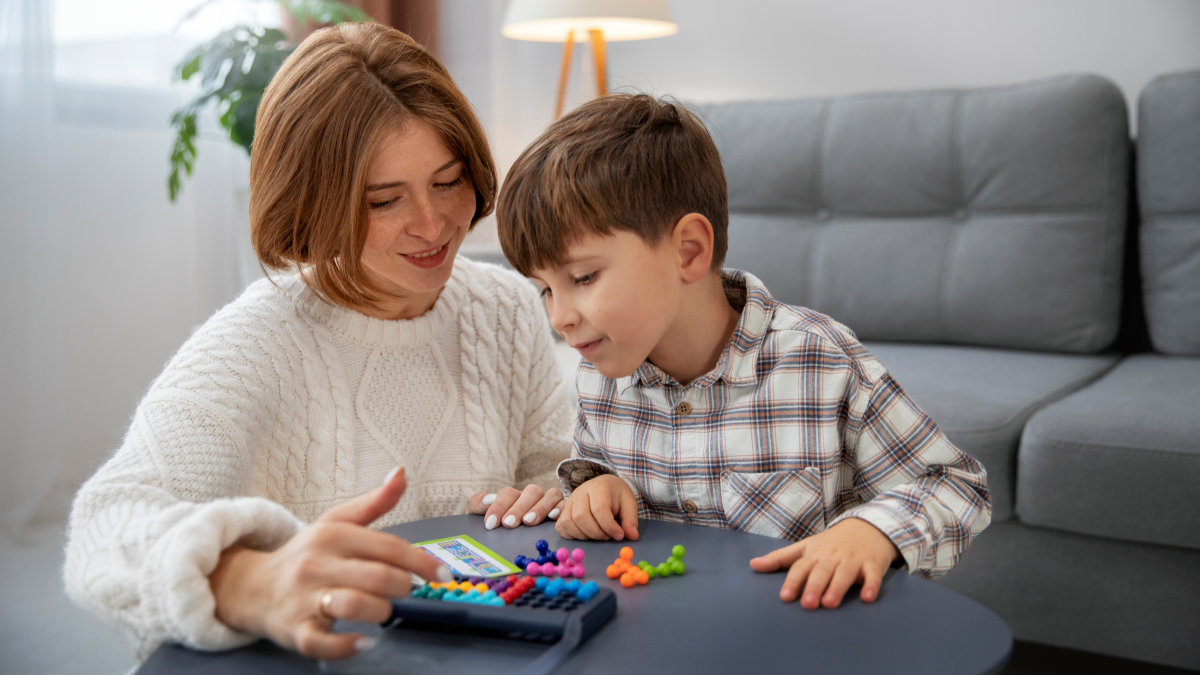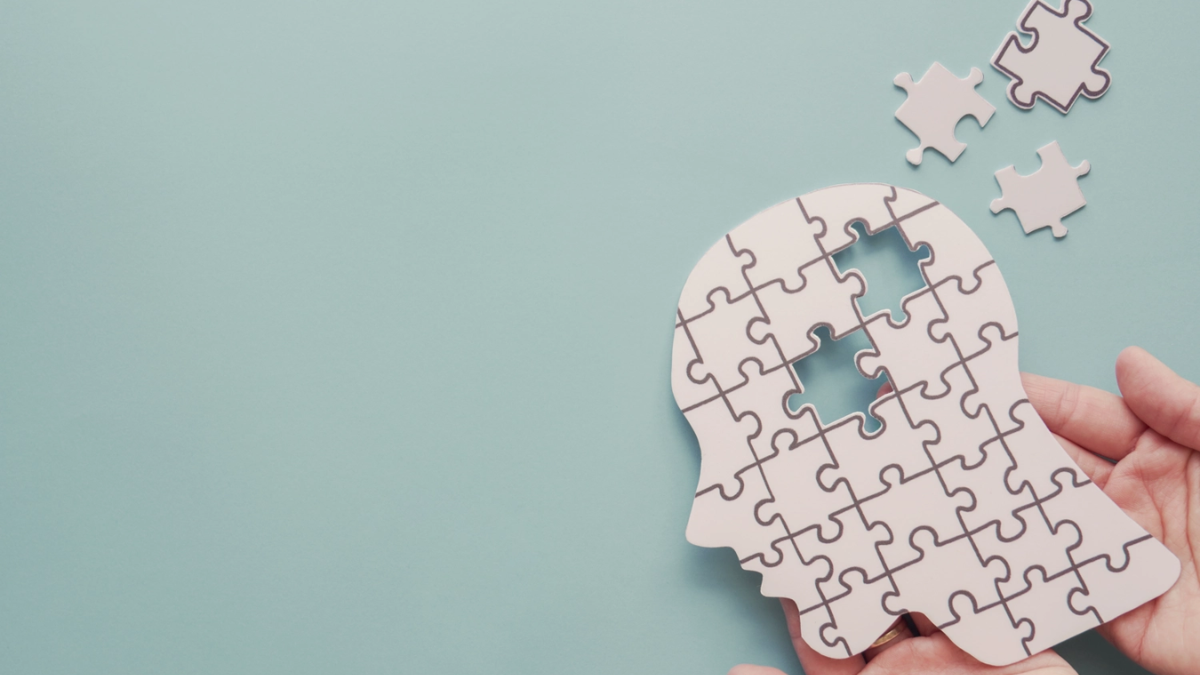
Autism, or Autism Spectrum Disorder (ASD), is a neurodevelopmental difference with distinctive patterns in social communication, interactions, and limited or repetitive behaviours and interests. For decades, the debate surrounding autism has been almost exclusively centred on curing it. The scientific and medical community's current consensus is that autism is not curable in the way one might define it, as autism is a neurodevelopmental difference rather than a disease.
Table of Content:-
However, we spoke to our expert, Dr Bhumesh Tyagi, Consultant, General Medicine and Physician, Shardacare, Health City, Noida, to have a better understanding of the disorder and ways to manage it. Here is what he shared with us.
What Does ‘Curable’ Mean in ASD Context?
“When individuals ask whether or not autism is curable, they usually imagine a cure that would rid someone of autistic qualities and render them neurotypical. This assumption comes from a medical model that considers autism to be a disorder that can be corrected. But autism is becoming more and more recognised as an intrinsic difference in brain development that affects the way someone experiences the world, takes in information, and interacts socially,” Dr Tyagi highlighted. In simpler terms, it's a fundamental aspect of someone's identity, just like their personality or intelligence.
What Is Neurodiversity and Its Benefits for Autism?
The neurodiversity paradigm refers to the notion that neurological differences, such as autism, ADHD, dyslexia, and Tourette's syndrome, are intrinsic variations of the human brain. Far from stigmatising such differences, the neurodiversity framework promotes embracing, being informed about, and valuing neurodivergent people. From this vantage point, the focus is no longer on curing autism but on creating a context in which autistic people are enabled to thrive, achieve maximum potential, and have satisfying lives on their own terms.
Also Read: Expert Shares 6 Hidden Benefits of Poppy Seeds for Female Health

Why a Cure Isn't the Answer (and Is Damaging)
Dr Tyagi further explained that emphasising a cure for autism can be dangerous in several ways. These may include:
1. Undermines Identity
It implies that there is something fundamentally wrong with being autistic, and this may result in internalised shame or a wish to repress true self-expression.
2. Ignores Strengths
Individuals with autism have rich strengths, including strong attention to detail, sound logical reasoning, creative thinking, and single-minded concentration on special interests. A cure mentality ignores these positive qualities.
3. Promotes Misleading Treatments
The quest for a cure has consistently been followed by ineffective, untested, and at times dangerous interventions that take advantage of hopeful parents.
4. Shifts the Blame
When an autistic person realises that they are put under a treatment and it doesn't work, it can inadvertently put the burden on them to adapt, which may lead to self-blaming and doubting oneself, when it is society and parents that need to be more inclusive and adaptable.

What Does Effective Autism Support Look Like?
Therefore, rather than a cure, current autism support is centred on intervention and therapy that seeks to. If you look forward to supporting someone, here are some expert-approved ways to go about it:
1. Build Skills
Interventions such as Applied Behaviour Analysis (ABA), speech therapy, occupational therapy, and social skills training assist individuals in acquiring communication, social, and life skills that can promote independence and engagement in daily life.
2. Overcome Challenges
Interventions assist in the management of co-occurring disorders (e.g., anxiety, sensory sensitivities, sleep issues) that often occur with autism. Use effective strategies to overcome such days.
3. Foster Well-being and Improve Communication
Support emphasises mental health, emotional regulation, and coping strategies for an increasingly neurotypical world. This involves education on communication in all forms, ranging from verbal language to augmentative and alternative communication (AAC) techniques.
4. Develop a Supportive Environment
This entails fighting for accommodation in school, the workplace, and social environments so autistic people can engage fully.
5. Empower Individuals
Ultimately, empower autistic people to fight for themselves, make decisions that correspond with their demands, and enjoy their interests.
It is important to understand that these treatments are not concerned with altering who a person essentially is, but with giving them tools and strategies to move better through the world and improve their quality of life.
Bottomline
The response to "Is autism curable?" is a definite no. Rather, the emphasis has appropriately moved toward understanding, accepting, and embracing neurodiversity so that all autistic individuals have the chance to succeed and make their contribution to society in their own special way.
Also watch this video
How we keep this article up to date:
We work with experts and keep a close eye on the latest in health and wellness. Whenever there is a new research or helpful information, we update our articles with accurate and useful advice.
Current Version